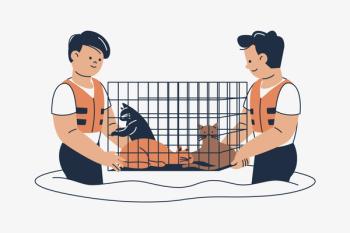With Nebraska seeing its first case of highly pathogenic avian influenza (H5N1) in dairy cattle last month, state officials in 3 Midwestern states have now reported new outbreaks of H5N1 in poultry on commercial farms. The cases were detected in Iowa, Minnesota, and Wisconsin, and are not the first for any of these states. For Iowa, the latest finding marks the state’s eighth outbreak in domestic birds this year, whereas Minnesota has reported 8 poultry outbreaks since mid-September alone.1
The Iowa Department of Agriculture and Land Stewardship (IDALS) and the US Department of Agriculture (USDA) Animal and Plant Health Inspection Service (APHIS) detected its latest H5N1 case on October 2. According to IDALS, state officials and the USDA found the virus in a commercial turkey flock in the west-central region of Iowa, in Calhoun County. Before that, Iowa’s last poultry outbreak occurred in April.1
In birds, H5N1 can cause the following2:
- Sudden increase in bird deaths without any clinical signs
- Lethargy and/or lack of energy and appetite
- Decrease in egg production
- Soft, thin-shelled and/or misshapen eggs
- Swelling of the head, eyelids, comb, wattles, and hocks
- Purple/blue discoloration of the wattles, comb, and legs
- Coughing, sneezing, and/or nasal discharge
- Stumbling and/or falling down
Meanwhile, Minnesota reported 2 outbreaks of the virus on September 28 at commercial breeder poultry operations in Becker and Otter Tail Counties,3 which are located in Minnesota’s west-central region and border each other. Together, the 2 farms house more than 36,000 birds, according to the University of Minnesota.1
“Minnesota has now recorded 8 outbreaks in poultry since the middle of September, part of a national rise in activity,” the University of Minnesota wrote in a news brief.1
Wisconsin followed, with another confirmation on October 1 of H5N1 in a commercial flock in Jefferson County, located between Madison and Milwaukee. The Wisconsin Department of Agriculture, Trade, and Consumer Protection (DATCP) reported the case on October 2, urging all livestock owners to implement strong biosecurity measures to prevent the disease from infecting their flocks and herds.







